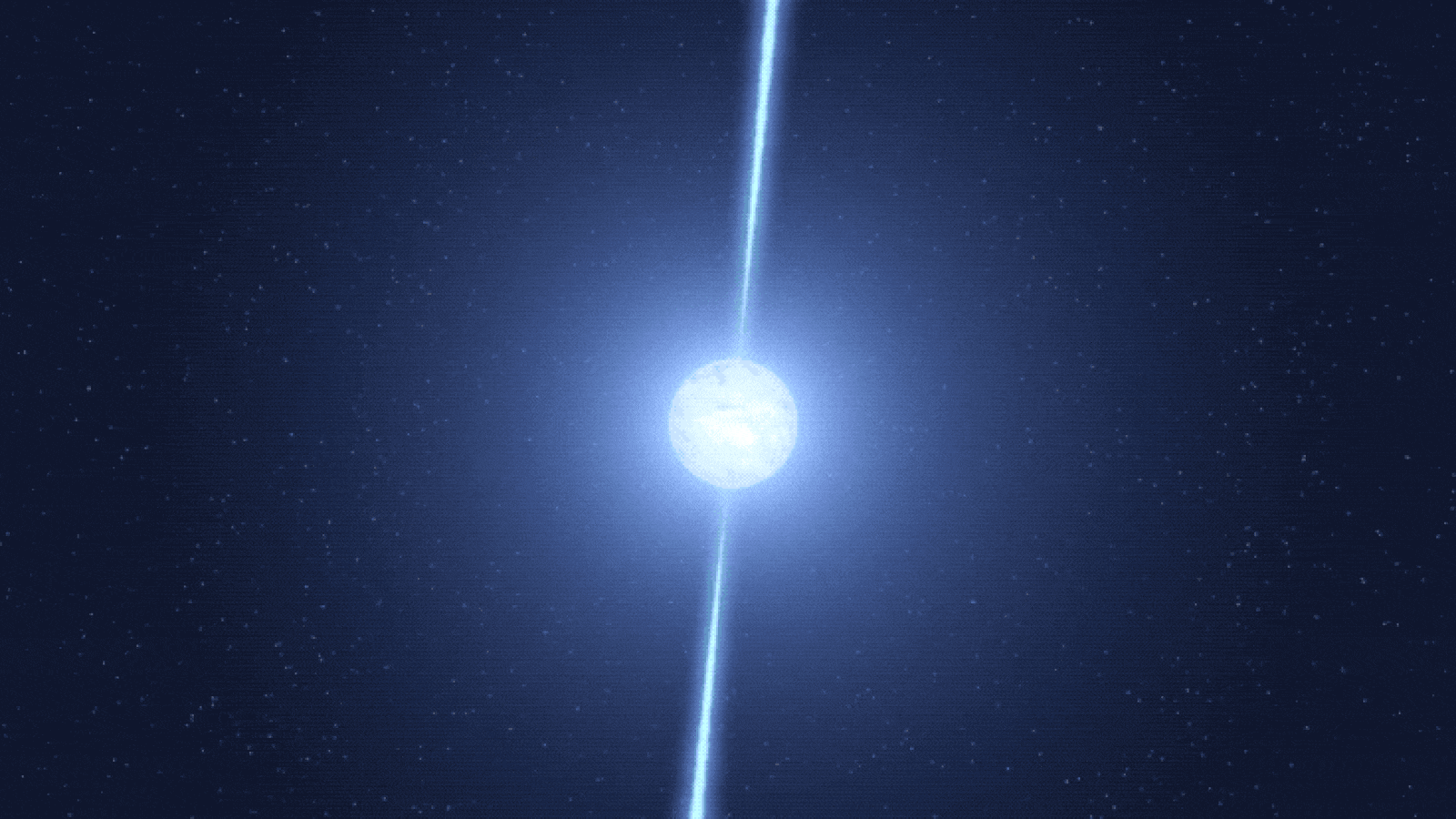Old Ship Logs Unlock Secrets About Earth's Magnetic Field

Captain Cook's Pacific Ocean voyage logs have proven to be quite valuable, but not on eBay.
Old ship logs tell the tale of Earth's magnetic field and suggest that the current decline in strength may be a recent phenomenon and not necessarily a trend.
The Earth is like a magnet with two poles. Magnetic field lines travel between the North and South poles and are generated by the movement of molten iron in Earth's core.
This magnetic field has weakened by 5 percent each century since 1840, when the first accurate measurements were made. But a new study looking at the magnetic field strength between 1590 and 1840 finds the field was relatively stable during that time.
The modeling of historical magnetic data started in the early 1980's by study team member David Gubbins, a researcher from University of Leeds in the United Kingdom.
Gubbins and colleagues started with readily available data like those in the logs of famed English sailor and explorer, James Cook.
"[We then] progressed to searching archives in Europe, including finding 50,000 'lost' 18th century measurements in the East India Company Archives in London," Gubbins told LiveScience.
Get the world’s most fascinating discoveries delivered straight to your inbox.
Using the old sailing ships' logbooks, which recorded magnetic field directions useful in reconstructing field strength, and combining it with a global model of directions, they produced 250 years worth of measurement data.
This recent finding suggests that the current decline in field strength comes from growing and migrating patches of reverse magnetic flux in the southern hemisphere.
The Earth's magnetic field has reversed many times. This happens because magnetic poles can move around and trade places. Scientists do not know when the next flip will occur.
The findings of this study are detailed in the May 12 issue of the journal Science.
- A Natural Compass: Rock Cracks Point North
- When North Becomes South: New Clues to Earth's Magnetic Flip-Flops
- North Pole Moving to Siberia

